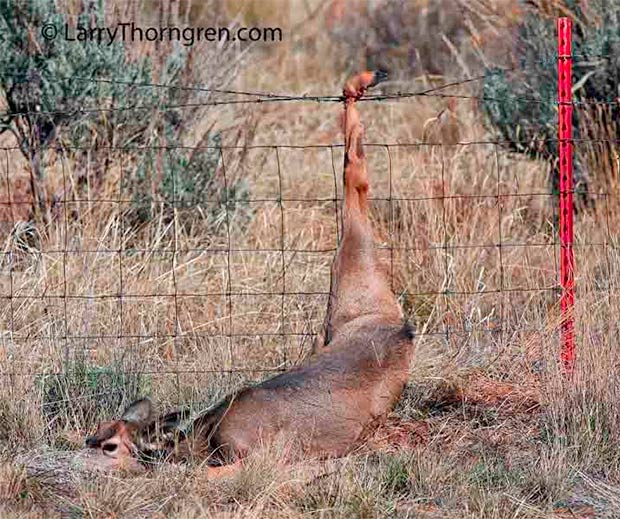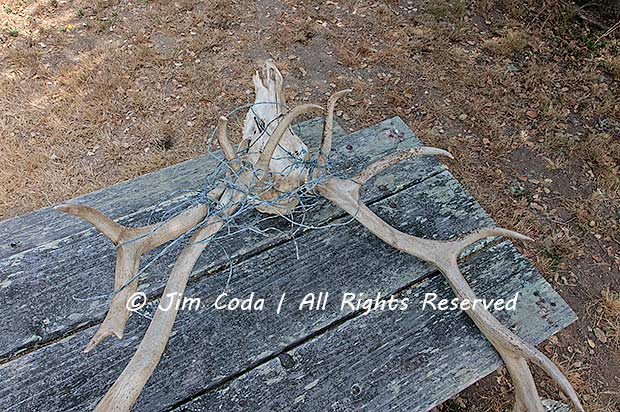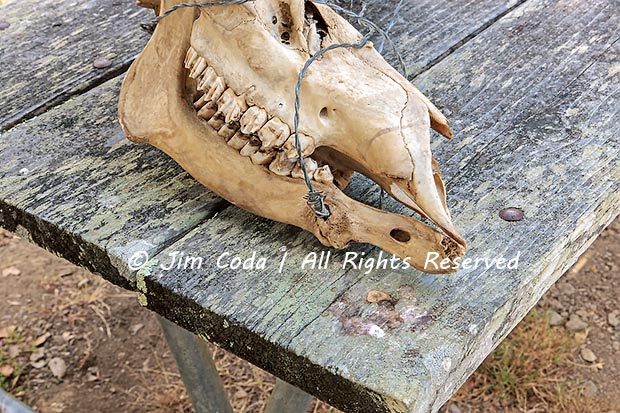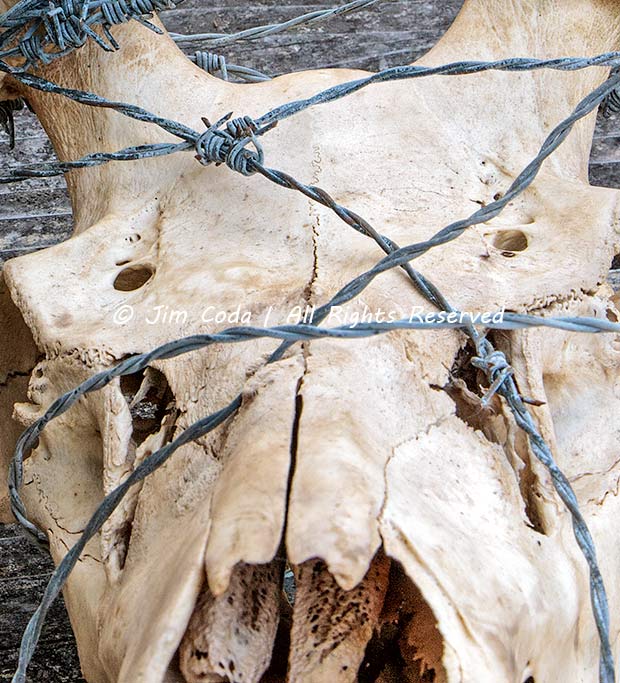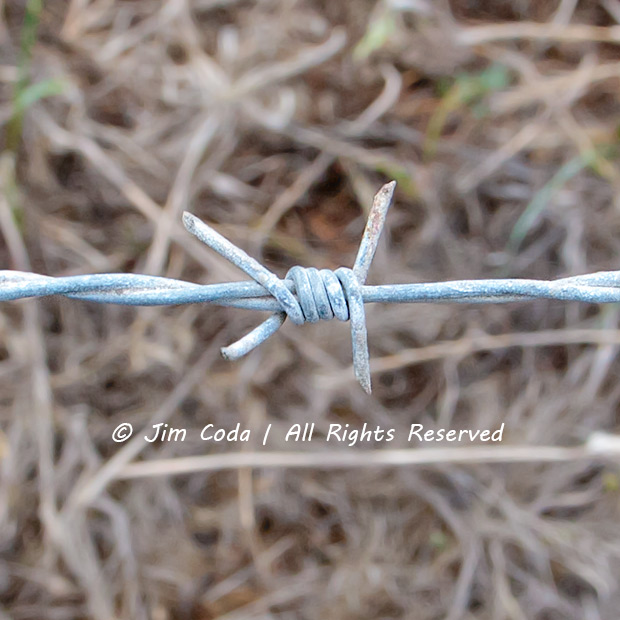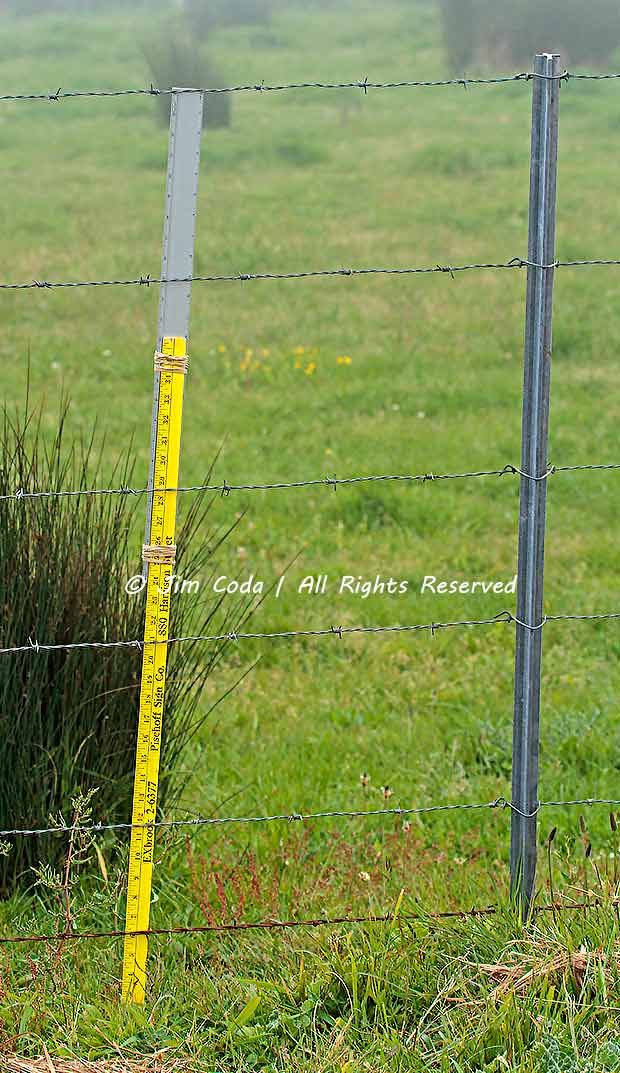Merlin, Point Reyes National Seashore

A female merlin perches on a fence post at Point Reyes National Seashore.
As I mentioned in my last post on December 4, I saw some hawks during that trip to Point Reyes. Here’s a female merlin sitting on a fence post on the K Ranch that I photographed that day.
There are 340 miles of fencing in Point Reyes and Golden Gate parks now. FEIS at 110. https://parkplanning.nps.gov/document.cfm?documentID=106632 About 20% (68 miles) of that fencing will be replaced over the next 20 years of ranching (i.e., 3.4 miles/year), presumably with wildlife-friendly fencing replacing it as promised in the FEIS. Ibid. At that rate it will take 100 years to replace the existing fencing with wildlife-friendly fencing.
In addition, 24 miles of additional fence would be installed for the Resource Protection subzone, and an additional 35 miles of new fence would be constructed to improve livestock management over the 20-year lease/permit term. Id.
As slow as that will be, there is reason to question whether any of the new fencing will actually be wildlife-friendly. A project to re-pave and re-construct portions of Sir Francis Drake Boulevard was recently finished in Point Reyes Seashore. The new fencing along the road is far from wildlife-friendly. It was built too high for adults to safely jump over and with not enough space at the bottom for deer fawns and elk calves to crawl under to keep up with their mothers. The top two wires are also too close together tp prevent “scissoring,'” that is, to prevent deer and elk legs from getting caught between the top two wires if their hind legs don’t clear the top wire when they jump. To see what happens when the hind legs don’t clear the top wire and the animal gets “scissored,” see this: https://jimcoda.com/tag/larry-thorngren/
Finally, why should national park visitors have to climb over, under or through hundreds of miles of barbed wire fencing to hike on lands owned by the Park Service/Federal Government?




